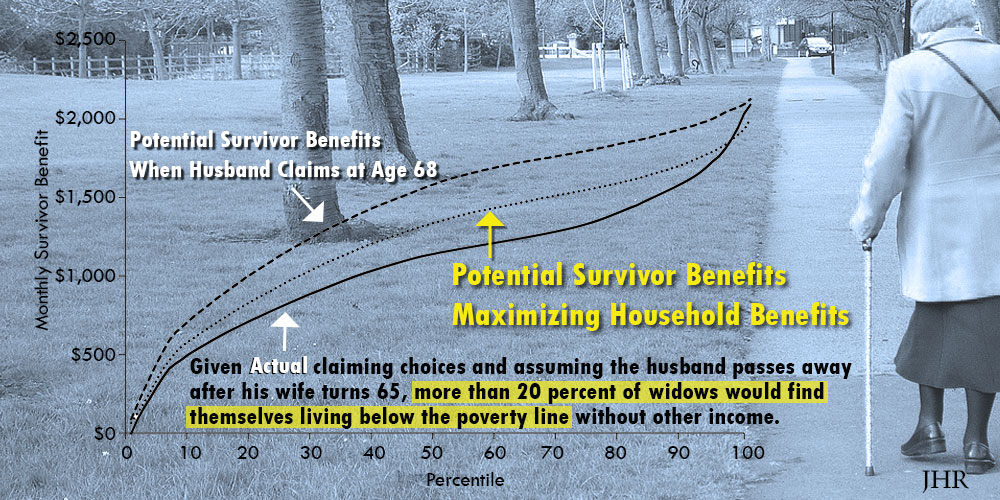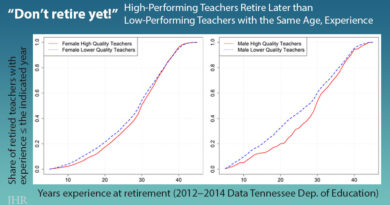Splurge or Save? When Monthly Assistance Benefits Arrive, Do Recipients Stretch Benefit Dollars or Spend Thoughtlessly?
Researchers have documented that households who participate in assistance programs tend to spend and consume more right after benefit receipt and less towards the end of the benefit month. These patterns have led some to posit that participants unwisely overspend when they feel “flush” after benefit receipt and repeatedly fail to make efforts to stretch their benefit dollars over the remainder of the benefit month.
Mary Zaki and Jessica Todd examine the validity of this narrative by studying the pattern of prices that participants in the Supplemental Nutrition Assistance Program (SNAP) pay for goods across the benefit month. If participants do not feel as much pain from spending a dollar when they are most flush as when they have fewer funds on hand, then they should correspondingly be less conscious of price at the beginning of the benefit month than towards the end of it.
Using daily food purchase data, the researchers find the opposite is true. SNAP participants purchase food at 1 to 5 percent lower prices at the beginning of the benefit month than towards the end of it, a pattern that cannot be explained by monthly store pricing patterns.
Participants achieve this price savings through a variety of shopping efforts that produce greater savings returns when more money is on hand, such as stockpiling sale items and shopping around at more stores. Hence, SNAP participants demonstrate more forethought, effort, and capability to stretch their dollar when they have more funds on hand than has been previously documented.
Read the study in the Journal of Human Resources: “Price Consciousness at the Peak of “Impatience,” by Mary Zaki and Jessica E. Todd.
***
Mary Zaki is at Federal Deposit Insurance Corporation. Jessica E. Todd is at USDA Economic Research Service (@USDA_ERS).
This work was funded by cooperative agreement 58-5000-5-0041 from the USDA to the University of Maryland as well as by Seed Grant P2CHD04104, Maryland Population Research Center. Data providers (i.e., the USDA and IRI) reviewed this manuscript prior to circulation. Work on this paper was conducted while Mary Zaki was employed by the University of Maryland. The findings and conclusions in this paper are those of the authors and should not be construed to represent any official USDA, the Federal Deposit Insurance Corporation or U.S. Government determination or policy. The analysis, findings, and conclusions expressed in this report should not be attributed to IRI.




